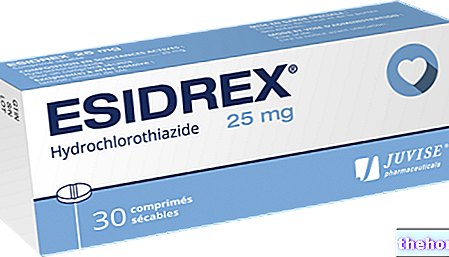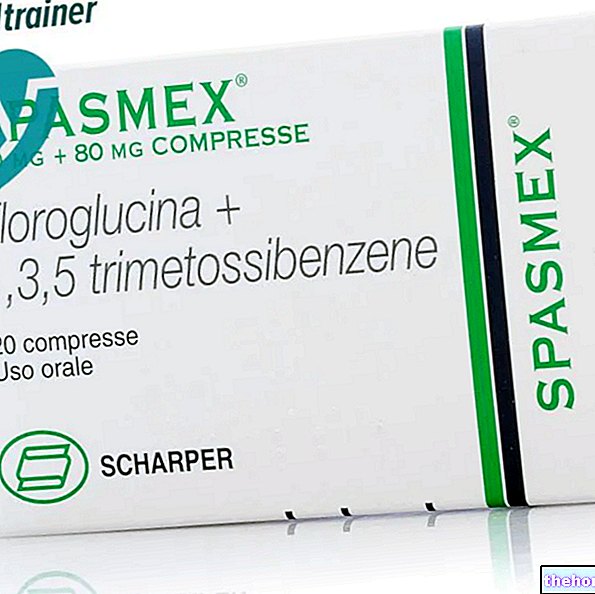
What is Inhixa - Enoxaparin sodium and what is it used for?
Inhixa is an anticoagulant (a medicine to prevent blood clots). It is used in adults for:
- the prevention of venous thromboembolism (clots that form inside the veins obstructing blood circulation), particularly in patients undergoing surgery or who are at higher risk of developing clots because they are bedridden due to illness;
- the treatment of conditions associated with blood clots such as deep vein thrombosis (where the clot forms in a deep vein, usually in the leg);
- the treatment of unstable angina (a type of severe chest pain caused by a problematic flow of blood to the heart);
- the treatment of certain types of myocardial infarction (heart attack);
- the prevention of clot formation when blood is circulated through a hemodialysis machine to remove toxic substances.
In the treatment of unstable angina and heart attacks, Inhixa is given in combination with aspirin (acetylsalicylic acid).
The active ingredient contained in Inhixa is enoxaparin sodium.
Inhixa is a 'biosimilar medicine'. This means that it is very similar to a biological medicine (the 'reference medicine') which is already authorized in the European Union (EU). The reference medicine for Inhixa is Clexane. For more information on biosimilar medicines, please see the questions and answers by clicking here.
How is Inhixa used - Enoxaparin sodium?
Inhixa is available as a solution for injection in pre-filled syringes. It is usually given as a subcutaneous injection; however, in the treatment of a type of heart attack called acute myocardial infarction with ST-segment elevation (STEMI) it is first given as an injection into a vein and, to prevent clots in hemodialysis machines, it is injected directly into the tube where blood passes. The dose and duration of treatment, as well as its possible administration in combination with other medicines, depend on the condition to be prevented or treated.Dose adjustment is required in patients with severely reduced renal function.
The medicine can only be obtained with a prescription. For more information, see the package leaflet
How does Inhixa - Enoxaparin sodium work?
The formation of blood clots within blood vessels can reduce the blood supply to organs, including the heart. The active substance in Inhixa, enoxaparin, belongs to a group of anticoagulant medicines called "low molecular weight heparins". Enoxaparin increases the effect of antithrombin III, a natural substance that controls blood clotting factors and helps prevent blood clotting. coagulation inside the body. This helps to stop new clots from forming and to control existing ones.
What benefit has Inhixa - Enoxaparin sodium shown during the studies?
Large-scale laboratory studies comparing Inhixa and Clexane have shown that Inhixa is very similar to Clexane in terms of structure, purity and biological activity.
Furthermore, a study in 20 healthy subjects showed that the same doses of these two medicines administered by subcutaneous injection produced similar effects on blood clotting factors. The study made use of different measurement methods, corresponding to the way the medicine acts in the body.
The company also presented data from published studies showing the benefits of enoxaparin in the prevention and treatment of blood clots.
What are the risks associated with Inhixa - Enoxaparin sodium?
The most common side effect with Inhixa (which may affect more than 1 in 10 people) is haemorrhage (bleeding): severe bleeding has occurred in about 4 in 100 people who were given Inhixa to prevent the formation of blood clots during surgery. In addition, it is very common (affecting more than 1 in 10 people) to increase the levels of liver enzymes in the blood (a sign of possible liver problems).
For the full list of side effects reported with Inhixa, see the package leaflet.
Inhixa must not be used in patients with previous major bleeding, severe bleeding problems or with conditions that increase the risk of or subsequent to bleeding, such as stomach ulcers or stroke. For the full list of restrictions, see the package leaflet.
Why has Inhixa - Enoxaparin sodium been approved?
Studies have shown that Inhixa has a very similar structure and biological activity to Clexane and has the same effect on blood clotting factors. The safety profiles of the two medicines were also found to be similar based on laboratory tests.
Therefore, the Agency's Committee for Medicinal Products for Human Use (CHMP) considered that there are no clinically significant differences between Inhixa and Clexane in terms of efficacy and safety and that, as with Clexane, the benefits outweigh the identified risks. The Committee therefore recommended the granting of a marketing authorization for Inhixa.
What measures are being taken to ensure the safe and effective use of Inhixa - Enoxaparin sodium?
The recommendations and precautions to be observed by healthcare professionals and patients for Inhixa to be used safely and effectively have been set out in the summary of product characteristics and package leaflet.
More information about Inhixa - Enoxaparin sodium
For the complete version of Inhixa's EPAR, consult the Agency's website: ema.europa.eu/Find medicine / Human medicines / European public assessment reports. For more information about Inhixa therapy, read the package leaflet (also included with the EPAR) or contact your doctor or pharmacist.
The information on Inhixa - Enoxaparin sodium published on this page may be out of date or incomplete. For a correct use of this information, see the Disclaimer and useful information page.




























